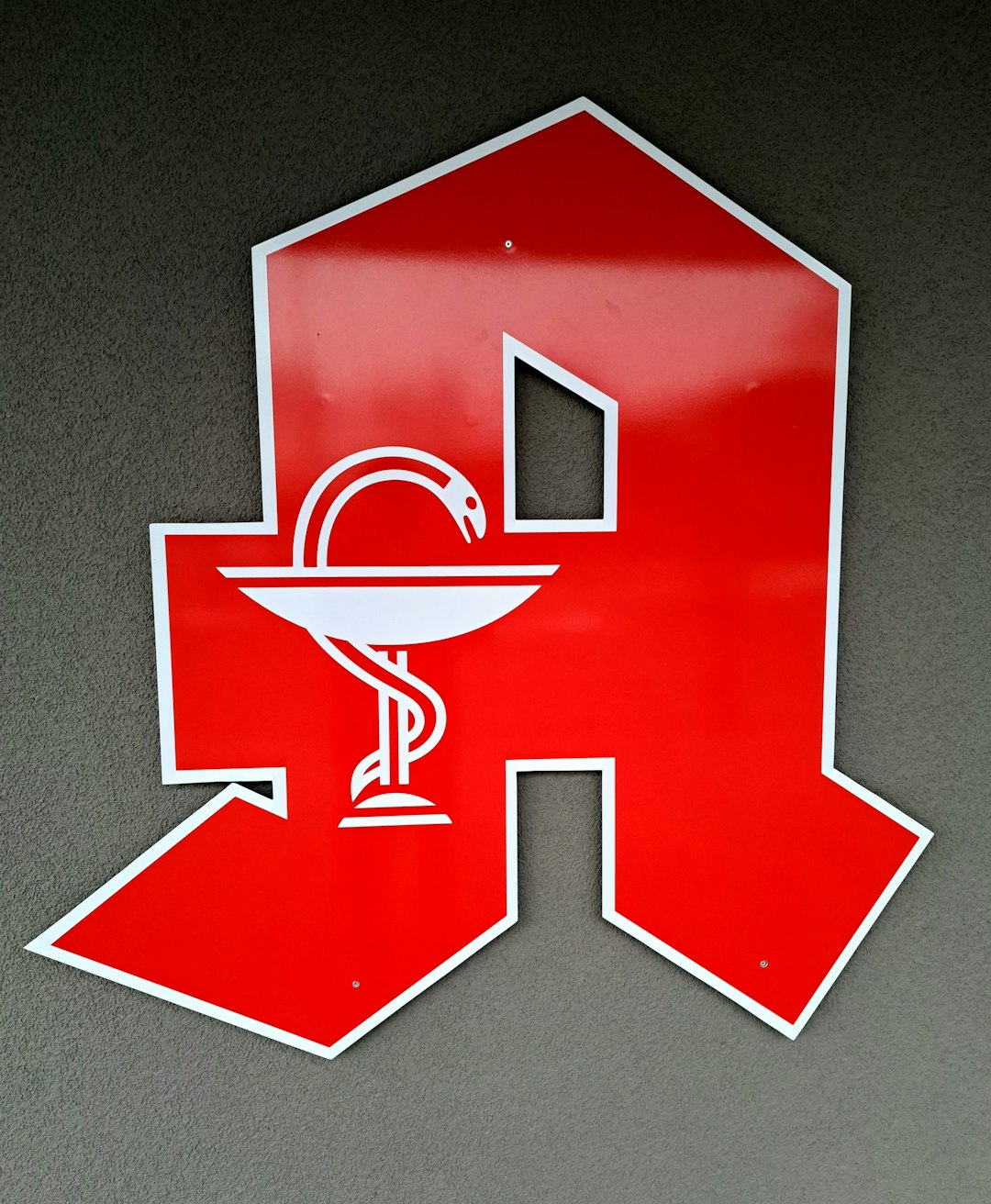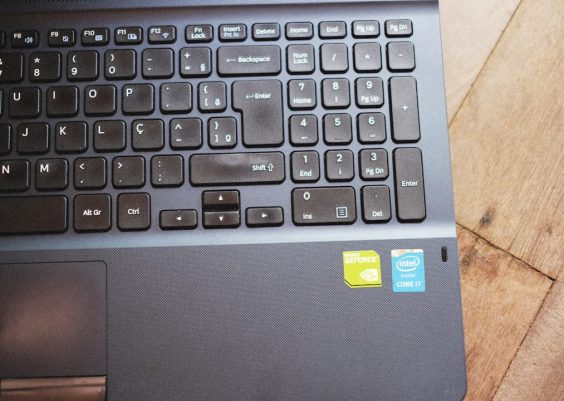The United Way logo is more than a striking blend of blue, red, and yellow — it’s a symbol of trust, community support, and measurable impact. As one of the most recognized nonprofit logos in the world, its proper use is critical for maintaining organizational integrity and reinforcing public confidence. Whether you’re a local United Way chapter or a corporate partner looking to co-brand a campaign, understanding the official brand guidelines, clear space requirements, and co-branding rules is essential to preserving the strength and consistency of the United Way identity.
TL;DR
The United Way logo is a globally trusted symbol, and using it correctly is vital to maintaining a consistent brand identity. Key considerations include respecting the logo’s clear space, using the correct color palette, and adhering to co-branding rules that emphasize the partnership without overshadowing the core mission. Community partners, sponsors, and local United Way branches must follow official brand guidelines to strengthen brand recognition and impact. Understanding and implementing these practices ensures the logo speaks clearly, powerfully, and consistently wherever it appears.
The Logo: A Visual Pillar of Trust
At its core, the United Way logo tells a multifaceted story. Featuring an outstretched hand cradling a person under a rainbow — all encapsulated in bold, primary colors — it is designed to immediately evoke compassion, support, and inclusivity. The logo’s components reflect the organization’s mission to improve lives by mobilizing the caring power of communities around the world.
Because the logo carries such significance, it comes as no surprise that the United Way Worldwide organization places stringent controls on its usage. Every time it appears, it should do so with purpose, clarity, and respect for its elements. Misuse doesn’t just compromise design principles — it risks diluting the brand’s power and confusing audiences.
Brand Guidelines Overview
The official United Way brand guidelines cover everything from color schemes and typography to logo positioning and file formats. These rules ensure every instance of branding resonates with the same clarity and confidence. Here are some of the key elements:
- Color Palette: The primary colors consist of United Way Blue, Red, and Yellow. Accurate color reproduction is crucial. For print, use CMYK values; for digital, use RGB or HEX codes as specified in the guidelines.
- Typography: United Way has a recommended typeface that aligns with its tone of voice — professional, modern, and approachable. Often, Frutiger is used, but substitutes may be allowed if access is limited.
- File Types: Official logo files are provided in various formats (PNG, EPS, JPG) for different media. Resizing should never distort proportions or pixel quality.
Consistency across all platforms — whether websites, brochures, t-shirts, or billboards — reinforces the brand and unifies the message being delivered.
Clear Space Requirements: Let It Breathe
One of the most fundamental components of United Way’s brand policing is clear space. This refers to the required empty area surrounding the logo to ensure it is never cramped or lost in surrounding clutter.
The clear space is determined using the height of the “hand,” which is part of the logo’s graphic design. Specifically, wherever the logo is placed, there must be a minimum space equal to the height of the hand on all sides.
This space ensures:
- The logo remains legible and recognizable.
- There is no visual interference from nearby text, imagery, or borders.
- It retains a respectful presence within the overall design layout.

Importantly, the logo should never be enclosed in a shape not provided by United Way’s official brand assets. Adding speech bubbles, thought clouds, or placing it in busy backgrounds violates branding rules — and worse, it undermines the visual gravity of the nonprofit’s identity.
Logo Don’ts: Common Mistakes to Avoid
To maintain brand strength, it’s just as important to know what not to do as it is to understand best practices. Here are a few major “don’ts” when working with the United Way logo:
- Don’t alter the colors: Never switch the red to pink, or the blue to turquoise. It might seem minor, but brand consistency is paramount.
- Don’t stretch or compress the logo: Maintain its original proportions at all times.
- Don’t add shadows, filters, or effects: Even for stylistic appeal, the logo should always appear clean and unmodified.
- Don’t overlay text or images: The logo must stand singularly and clearly with no foreign elements obstructing it.
Each of these rules isn’t just aesthetic. They play a crucial role in ensuring the United Way brand remains strong and universal. Deviations may erode trust or give the impression of disconnected branding operations.
Community Co-Branding: Highlighting Partnerships Effectively
United Way is a connective force among nonprofits, corporations, and civic organizations. Thus, community co-branding happens often — and it’s essential to do it properly. Co-branding allows aligned missions to share the spotlight, but United Way’s standards ensure that its identity is never diminished.
Key Co-Branding Rules:
- Equal Visual Weight: Partner logos should appear alongside, not above or below, the United Way logo. All logos should be of approximately equal height or visual prominence.
- Respect Clear Space: Even in co-branded materials, ensure the United Way logo maintains its required clear space from partner logos and graphic elements.
- Unified Messaging: Co-branded campaigns must echo United Way’s guiding principles — improving lives, caring for community, and driving measurable impact.
The co-branding process requires prior approval from United Way. Templates or proofs should be submitted for review to ensure proper use. This might feel like red tape, but it’s really about protecting the integrity of all involved and maximizing impact.

For local United Way branches, co-branding is also a great opportunity to showcase regional initiatives, events, or funding partners. Yet no matter how local or large scale, the rules remain the same — visually balance, mutual visibility, and brand integrity.
Special Use Cases and Digital Adaptation
In the digital age, branding has morphed from static logos on brochures to fluid images on social platforms, responsive websites, and mobile applications. So how does the United Way logo adapt?
For social media platforms, square and round graphics are common. United Way provides optimized versions of its logo for these uses, but they should still follow the same principles: proper color use, designated clear space, and no added effects.
Animated logos are generally discouraged unless pre-approved and provided by United Way Worldwide. The logo’s symbolic strength comes from its consistency — and movement, while attractive, can come at the cost of reliability.
Why This Matters
Why all the rules? It comes down to mission and trust. The United Way logo is more than a corporate badge — it represents a promise. A promise to care, serve, and unify. Misused logos can lead to misread intentions, undermining hard-fought trust built over decades.
When you see the United Way logo — in Chicago, Cape Town, or Kuala Lumpur — you should feel the same reassurance of coordinated community support. That only happens when every chapter, partner, and designer agrees to the same set of visual principles.
Final Thoughts
The strength of the United Way brand lies in its consistency, clarity, and care. From its bold colors and symbolic imagery to the exact spacing that gives it room to resonate, every detail has a purpose. Meeting brand guidelines isn’t about constraint — it’s about respect for a legacy of service and collaboration.
Whether you’re an internal designer at a United Way chapter, a nonprofit partner, or a corporation looking to co-brand with purpose, these guidelines help you do more than get the logo right — they help you tell the story behind it, the story of united communities shaping a better world.



